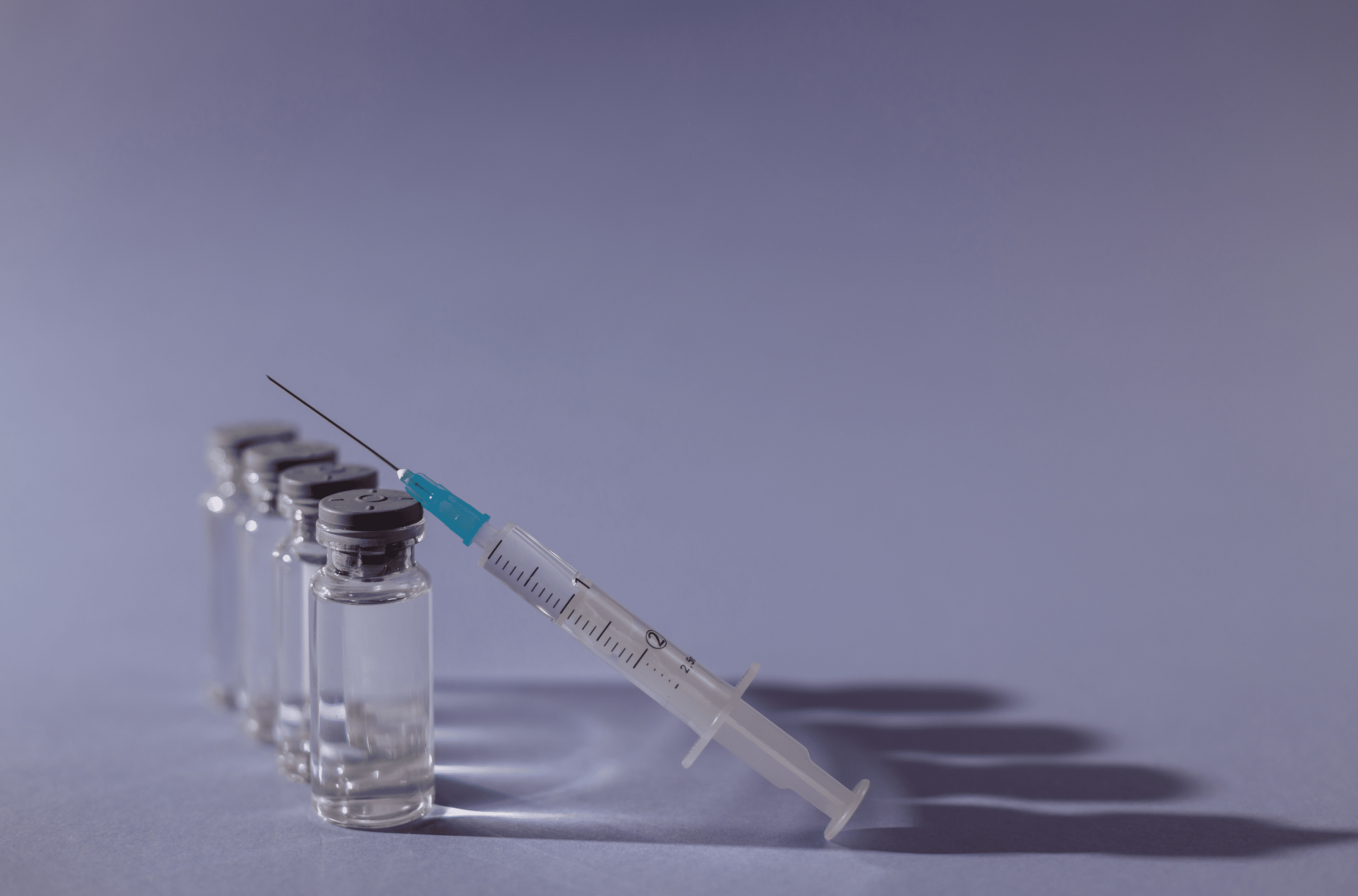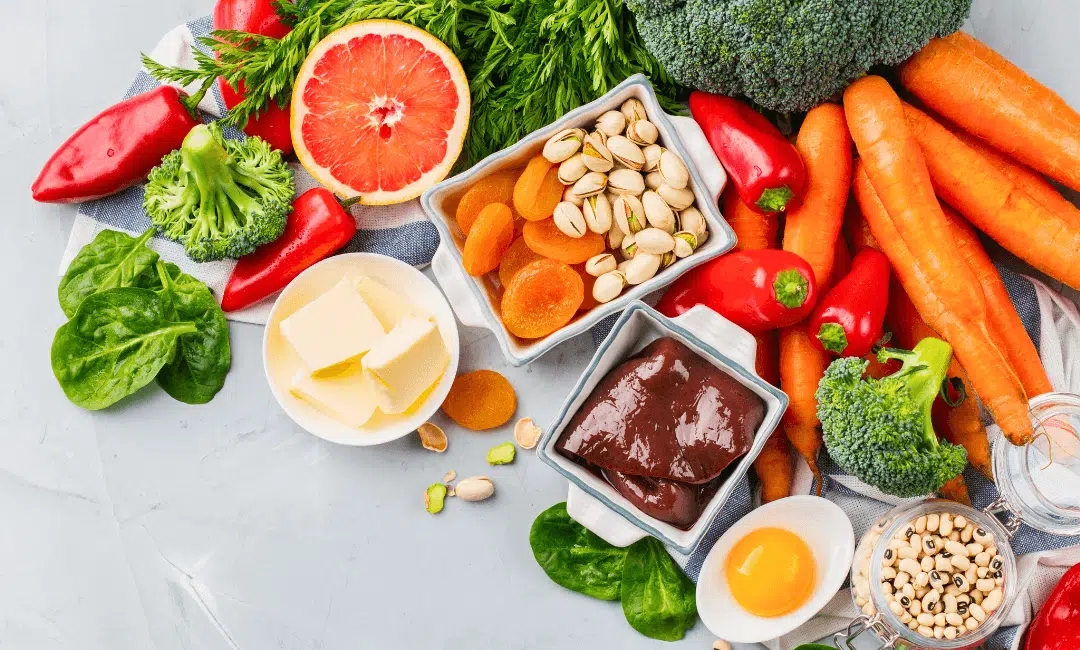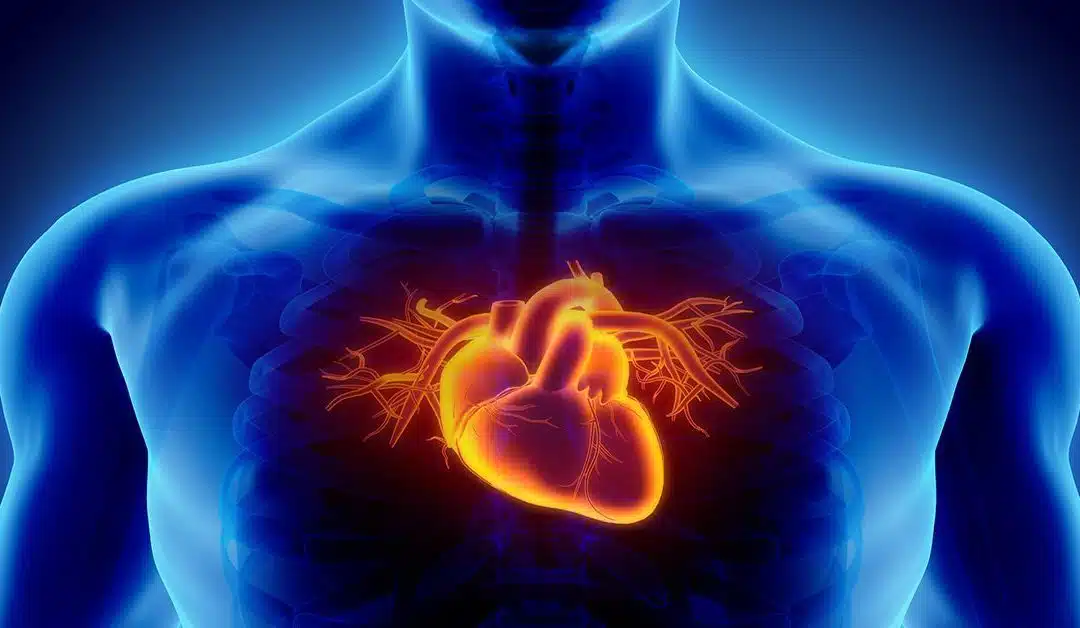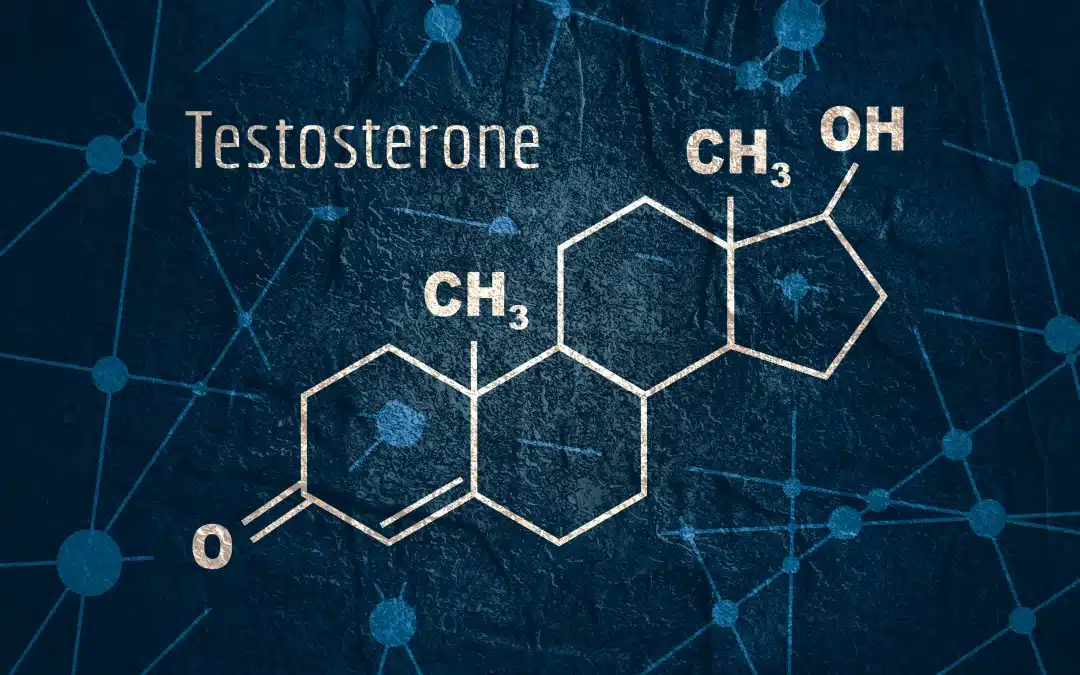Glucagon-like peptide-1 (GLP-1) is a hormone produced by the intestinal cells, primarily in response to food intake. While its role in regulating blood sugar levels and promoting insulin secretion has been well-documented, recent focus has shifted toward its increasing use as a weight loss option for many. Given those more prominent roles, our goal is to explore its effects on gut health, the microbiota that inhabit our gut, and ways to elevate GLP-1 production naturally.
Recent research has shed light on GLP-1’s profound impact on gut health. It is a multifaceted hormone that exerts its influence on various aspects of gut function, including inflammation and barrier integrity. As we delve into this intricate connection, we uncover a fascinating interplay between GLP-1 and the intricate ecosystem of our digestive system. By understanding its mechanisms of action, we can unlock new avenues for maintaining a healthy gut and potentially mitigating conditions related to gut dysbiosis.
Understanding the Gut-Brain Connection
Before delving into the specifics of GLP-1’s impact on gut health, it is essential to recognize the important connection between the gut and the brain. This bidirectional communication pathway, often referred to as the gut-brain axis, plays a crucial role in regulating various physiological processes, including digestion, immunity, and even mood and cognitive function.
GLP-1 acts as a messenger, conveying signals from the gut to the brain and vice versa [1]. By modulating various aspects of gut health, GLP-1 can indirectly influence brain function, further emphasizing the interconnectedness of these systems.
The Effect of GLP-1 on Gut Motility
One of the primary roles of GLP-1 in gut health is its regulation of gut motility, the coordinated contractions that facilitate the movement of food and waste through the digestive tract [1]. Impaired gut motility can lead to various gastrointestinal disorders, including constipation, bloating, and abdominal discomfort.
GLP-1 stimulates the release of neurotransmitters, such as acetylcholine, which promote smooth muscle contractions in the gastrointestinal tract, facilitating the propulsion of food and waste. Additionally, GLP-1 plays a role in regulating stomach emptying, the process by which food moves from the stomach into the small intestine. By slowing this process, GLP-1 can promote a feeling of satiety (fullness) and potentially aid in weight management. This is one of the functions that the pharmaceutical industry has keyed on to create the new weight loss drugs.
GLP-1 and Gut Microbiota
The gut microbiota plays a pivotal role in human health and disease. Emerging research suggests that GLP-1 may influence the composition and function of this intricate microbial ecosystem, further highlighting its impact on gut health [1-6].
Several studies have demonstrated that GLP-1 can modulate the gut microbiota in various ways:
- Promoting the growth of beneficial bacteria: GLP-1 has been shown to stimulate the growth of beneficial bacteria, such as Bifidobacteria and Lactobacilli, which are known for their probiotic properties and their ability to support gut health.
- Inhibiting the growth of pathogenic bacteria: Conversely, GLP-1 may inhibit the growth of pathogenic bacteria, such as Clostridium difficile, which can cause severe gastrointestinal infections and disrupt the balance of the gut microbiota.
- Influencing microbial metabolic pathways: GLP-1 may also modulate the metabolic pathways of gut microbes, potentially influencing the production of beneficial metabolites (postbiotics) or reducing the production of harmful byproducts.
By shaping the gut microbiota, GLP-1 plays a crucial role in maintaining a balanced and diverse microbial community, which is essential for optimal gut health and overall well-being.
The Role of GLP-1 in Gut Inflammation
Chronic inflammation in the gastrointestinal tract is a hallmark of various digestive disorders, such as inflammatory bowel diseases (IBD), including Crohn’s disease and ulcerative colitis. GLP-1 has been shown to exert anti-inflammatory effects, potentially mitigating the impact of these conditions and promoting gut health [1].
The anti-inflammatory properties of GLP-1 are mediated through several mechanisms:
- Reducing pro-inflammatory cytokine production: GLP-1 has been demonstrated to reduce the production of pro-inflammatory cytokines which are key drivers of inflammation in the gut.
- Modulating immune cell function: GLP-1 may modulate the function of immune cells which play crucial roles in the inflammatory response within the gastrointestinal tract.
By mitigating inflammation in the gut, GLP-1 can potentially alleviate symptoms associated with inflammatory bowel diseases, such as abdominal pain, diarrhea, and rectal bleeding, and contribute to the overall well-being of individuals affected by these conditions.
GLP-1 and Gut Barrier Function
The intestinal barrier, a complex structure composed of epithelial cells and tight junctions, plays a crucial role in regulating the passage of nutrients, water, and other substances while preventing the entry of harmful pathogens and toxins. Disruption of this barrier can lead to increased intestinal permeability, commonly referred to as “leaky gut,” which has been linked to various gastrointestinal disorders and systemic conditions.
GLP-1 has been demonstrated to enhance the function of tight junctions, the specialized protein complexes that seal the gaps between epithelial cells, preventing the uncontrolled passage of substances across the intestinal barrier [1]. It can also stimulate the proliferation and renewal of intestinal epithelial cells, which are essential for maintaining a healthy and functional intestinal barrier.
By preserving the integrity of the intestinal barrier, GLP-1 can help prevent the translocation of harmful substances and pathogens, reduce inflammation, and maintain overall gut health, potentially mitigating the risk of various gastrointestinal disorders and systemic conditions associated with a compromised gut barrier.
Therapeutic Implications
The growing body of evidence highlighting the beneficial effects of GLP-1 on gut health has sparked interest in exploring its therapeutic potential. Several avenues are being investigated to harness the power of GLP-1 for the management and treatment of various gastrointestinal conditions.
- GLP-1 Analogues: Pharmaceutical companies have developed synthetic analogues of GLP-1, such as liraglutide, semaglutide, and dulaglutide, which are primarily used for the treatment of type 2 diabetes and now weight loss. However, these analogues may also hold promise for the management of gastrointestinal disorders, given their potential to modulate gut motility, inflammation, and barrier function [4].
- Probiotic and Prebiotic Supplementation: Emerging research suggests that specific probiotic strains and prebiotic fibers may modulate GLP-1 levels and enhance its beneficial effects on gut health [1,3-5]. This approach could provide a complementary strategy for optimizing gut function and promoting overall well-being. If probiotic and prebiotic supplementation is right for you, it is important to use quality products. Here are some reviews of quality probiotics and supplements that may be right for you.
As research in this field continues to evolve, it is crucial to carefully evaluate the safety, efficacy, and potential side effects of GLP-1-based therapies in the context of gut health. Personalized approaches and close monitoring by healthcare professionals may be necessary to optimize treatment outcomes and ensure patient well-being.
Lifestyle Factors that Influence GLP-1 Levels and Gut Health
While GLP-1 plays a crucial role in gut health, it is important to recognize that various lifestyle factors can influence its production and activity, as well as the overall health of the gastrointestinal system [7,8]. By adopting a holistic approach and making informed lifestyle choices, individuals can optimize GLP-1 levels and promote a healthy gut environment.
- Diet and Nutrition: The foods we consume can significantly impact GLP-1 levels and gut health. A diet rich in fiber, prebiotics, and plant-based foods has been shown to stimulate GLP-1 production and support a diverse and beneficial gut microbiota. Conversely, a diet high in processed foods, saturated fats, and refined carbohydrates may contribute to dysbiosis and impaired GLP-1 signaling.
- Physical Activity: Regular physical activity has been associated with increased GLP-1 levels and improved gut health. Exercise can stimulate the release of GLP-1 and promote a healthy gut microbiome composition, potentially through its effects on gut motility, inflammation, and metabolic regulation.
- Stress Management: Chronic stress can have detrimental effects on gut health, potentially contributing to inflammation, dysbiosis, and impaired gut barrier function. Practicing stress management techniques, such as mindfulness meditation, yoga, or deep breathing exercises, may help mitigate the negative impacts of stress on GLP-1 levels and gut health.
- Sleep Quality: Adequate sleep is essential for maintaining overall health, including gut health. Sleep deprivation has been linked to altered gut microbiota composition, increased inflammation, and potential disruptions in GLP-1 signaling pathways.
By adopting a holistic approach that incorporates a balanced diet, regular physical activity, stress management practices, and adequate sleep, individuals can optimize GLP-1 levels and promote a healthy gut environment, contributing to overall well-being.
Final Thoughts
The exploration of the intricate relationship between GLP-1 and gut health has opened up exciting avenues for scientific inquiry and therapeutic interventions. As we continue to unravel the complexities of this intricate relationship, we may witness a paradigm shift in the way we approach gut health and related disorders. By harnessing the power of GLP-1 and integrating it with personalized lifestyle interventions, we can pave the way for more effective and holistic strategies to promote digestive well-being and overall health.
Remember, every individual’s gut health is unique, and it may take some experimentation to find the approach that works best for you. Consistency, patience, and a willingness to make sustainable lifestyle changes are key to achieving and maintaining a healthy gut. It is always advisable to talk with a medical professional if you are going to make any major dietary changes, major lifestyle changes or begin taking supplements, especially if you have any existing health conditions. Healthcare professionals can provide personalized advice based on your individual needs and health status.
Sources
[1] Abdalqadir, N., & Adeli, K. (2022). GLP-1 and GLP-2 Orchestrate Intestine Integrity, Gut Microbiota, and Immune System Crosstalk. Microorganisms, 10(10), 2061. https://doi.org/10.3390/microorganisms10102061
[2] Kato, S., Sato, T., Fujita, H., Kawatani, M., & Yamada, Y. (2021). Effects of GLP-1 receptor agonist on changes in the gut bacterium and the underlying mechanisms. Scientific reports, 11(1), 9167. https://doi.org/10.1038/s41598-021-88612-x
[3] Zeng Y, Wu Y, Zhang Q, Xiao X.2024.Crosstalk between glucagon-like peptide 1 and gut microbiota in metabolic diseases. mBio15:e02032-23. https://doi.org/10.1128/mbio.02032-23
[4] Madsen, M.S.A., Holm, J.B., Pallejà, A. et al. (2019). Metabolic and gut microbiome changes following GLP-1 or dual GLP-1/GLP-2 receptor agonist treatment in diet-induced obese mice. Sci Rep 9, 15582. https://doi.org/10.1038/s41598-019-52103-x
[5] Zhao L, Chen Y, Xia F, Abudukerimu B, Zhang W, Guo Y, Wang N and Lu Y (2018). A Glucagon-Like Peptide-1 Receptor Agonist Lowers Weight by Modulating the Structure of Gut Microbiota. Front. Endocrinol. 9:233. https://doi.org/10.3389/fendo.2018.00233
[6] Tomaro-Duchesneau, C., LeValley, S.L., Roeth, D. et al. (2020). Discovery of a bacterial peptide as a modulator of GLP-1 and metabolic disease. Sci Rep 10, 4922. https://doi.org/10.1038/s41598-020-61112-0
[7] Hira, T., Trakooncharoenvit, A., Taguchi, H., & Hara, H. (2021). Improvement of Glucose Tolerance by Food Factors Having Glucagon-Like Peptide-1 Releasing Activity. International journal of molecular sciences, 22(12), 6623. https://doi.org/10.3390/ijms22126623
[8] Krisai, P, Aeschbacher, S, et al., (2017). Healthy lifestyle and glucagon-like peptide-1 in young and healthy adults: A population-based study. Preventive Medicine, 101, 72-76. https://doi.org/10.1016/j.ypmed.2017.05.025
https://internationalprobiotics.org/home/new-weight-loss-drugs-gut-microbiota/
https://www.utoronto.ca/news/study-finds-new-roles-gut-hormone-glp-1-brain
https://www.youtube.com/watch?v=az5ItLz7kEw&ab_channel=RupaHealth
https://www.healthline.com/health/foods-that-increase-glp-1
https://edensguthealth.com/blogs/the-garden/how-to-increase-glp-1-naturally








